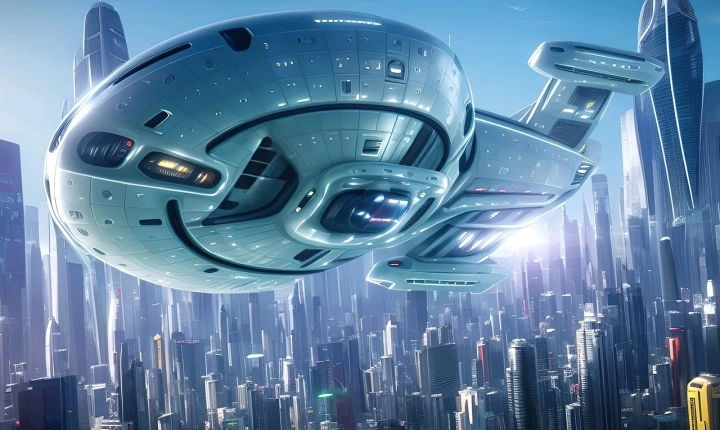Title: A Beginner’s Guide to Creating a Dota 2 AI
Dota 2 is an immensely popular multiplayer online battle arena (MOBA) game developed by Valve. Its complexity and strategic depth has made it a favorite among competitive gamers around the world. While the game is primarily played by humans, there has been growing interest in developing artificial intelligence (AI) to play Dota 2.
Creating a Dota 2 AI can be a challenging and time-consuming task, but with the right approach and tools, it is definitely within reach. In this article, we will explore the fundamental steps and concepts involved in building a basic Dota 2 AI.
Understanding the Game
Before delving into the technical aspects of building a Dota 2 AI, it is crucial to have a comprehensive understanding of the game itself. Dota 2 features two teams of five players each, who compete to destroy the enemy team’s Ancient, a structure located in their base. The game involves a vast array of heroes, items, abilities, and strategies, making it a complex and dynamic environment for an AI to navigate.
Choosing the Right Tools
Valve has developed the Dota 2 Bot API, which provides a platform for building AI bots to play the game. This API exposes a wide range of functionality, allowing developers to create custom behaviors for their AI bots. Additionally, the OpenAI organization has released the OpenAI Five, a Dota 2 AI system that has demonstrated remarkable proficiency in playing the game at a high level.
Programming and Machine Learning
Building a Dota 2 AI typically involves a combination of programming and machine learning techniques. Developers may use programming languages such as Python, C++, or Lua to interface with the Dota 2 API and implement the logic for their bot’s decision-making. Machine learning algorithms, such as reinforcement learning, can be used to train the AI bot to make intelligent decisions and adapt to different in-game scenarios.
Creating Behaviors
One of the key aspects of building a Dota 2 AI is defining the behaviors and strategies that the bot will employ during a match. This may involve creating decision trees, state machines, or other mechanisms to determine the bot’s actions based on the current game state and objectives. Successful AI bots often exhibit a balance of defensive and aggressive play, efficient resource management, and teamwork with other AI-controlled allies.
Testing and Iterating
Developing a Dota 2 AI is an iterative process that involves testing, analyzing, and refining the bot’s performance. This may include running the AI bot against human players, other AI bots, or in simulated environments to evaluate its effectiveness. By collecting data and observing the bot’s behavior, developers can identify areas for improvement and adjust the AI’s decision-making algorithms accordingly.
Challenges and Future Directions
Creating a Dota 2 AI is not without its challenges. The game’s sheer complexity, constantly evolving meta, and the unpredictability of human opponents present significant hurdles for AI developers. Nevertheless, the potential for AI to enhance the gaming experience, provide training opportunities, and contribute to the development of competitive strategies in Dota 2 is an exciting prospect.
As AI technologies continue to advance, we can expect to see further progress in the field of Dota 2 AI. Whether it’s through enhanced decision-making algorithms, adaptive learning models, or collaborative AI systems, the future of AI in Dota 2 holds great promise for both developers and players.
In conclusion, creating a Dota 2 AI involves a rich blend of technical expertise, game knowledge, and innovative thinking. By understanding the game, leveraging the right tools, applying programming and machine learning techniques, and iterating through testing and refinement, developers can embark on a rewarding journey to build their own AI to conquer the fierce battles of Dota 2.
